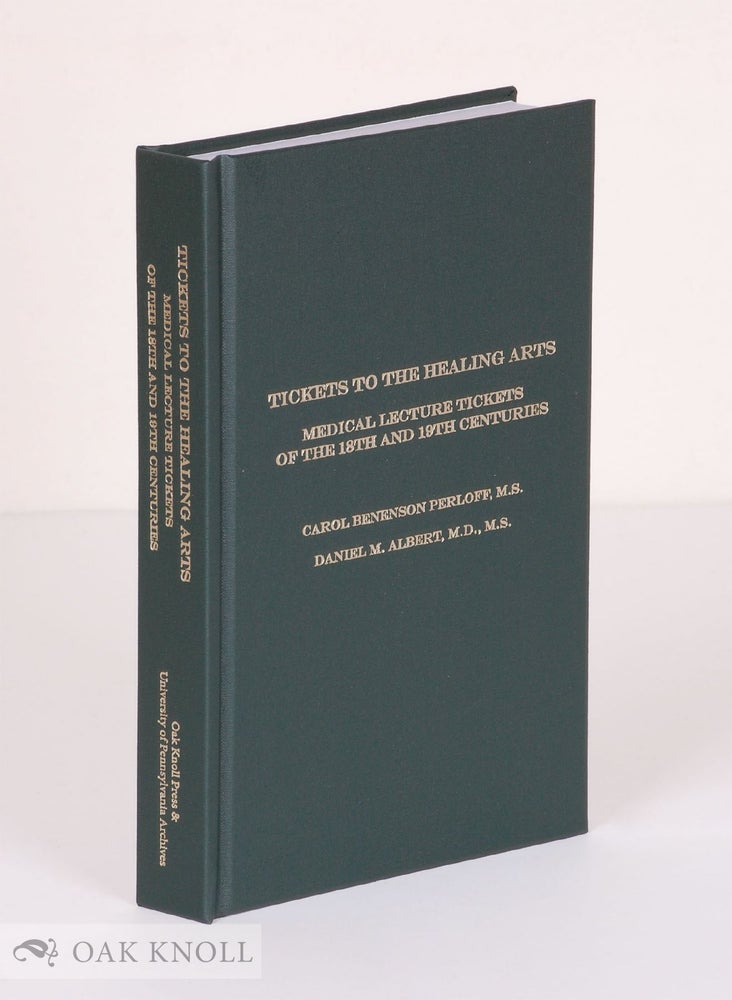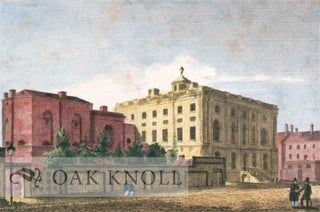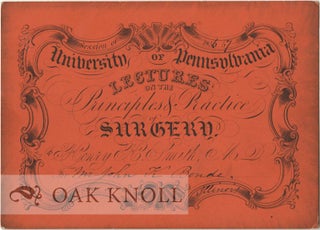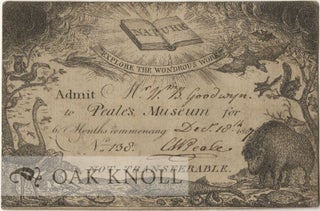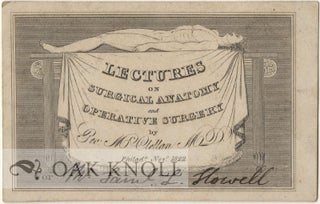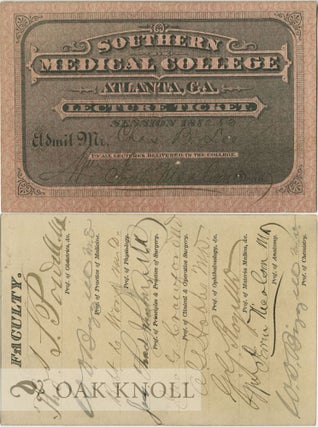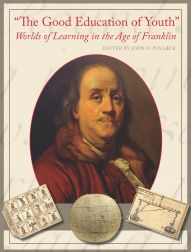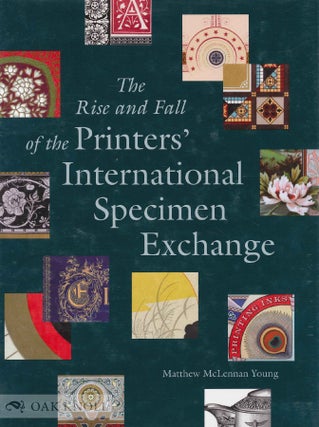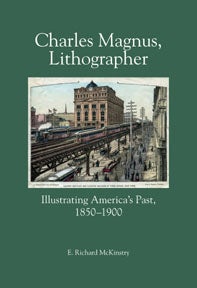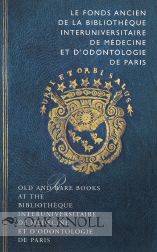TICKETS TO THE HEALING ARTS: MEDICAL LECTURE TICKETS OF THE 18TH AND 19TH CENTURIES.
- New Castle, DE and Philadelphia, PA: Oak Knoll Press and University of Pennsylvania Archives, 2015.
- 6 x 9 inches
- hardcover
- 364 pages
- ISBN: 158456329X
- ISBN: 9781584563297
Price: $20.00 other currencies
Order Nr. 118577
For more than the first century of formal medical education in America, medical schools were proprietary in nature. At most private and university-affiliated institutions, medical faculty ran the medical schools, controlling admissions, the curriculum, and graduation standards. They collected fees directly from medical students and in return, issued tickets for admission to their course of lectures. Individual professors paid whatever overhead was due, such as rent, to the dean or provost and kept the remainder as profits.
Medical lecture tickets dating as far back as the 1760s survive as physical evidence of this proprietary system. The tickets were meant to be ephemeral, but fortunately, a significant number of students kept their tickets as mementos, and some of those keepsakes have survived in private and institutional collections.
Just as archaeological artifacts hold clues to past civilizations, medical lecture tickets proffer admission to a much larger story. They help trace the evolution of medical education in America, from the founding of the first medical school in 1765, to a system that fostered an abundance of 19th-century substandard schools and practitioners, to reforms that paved the way for the first-rate medical training in the 20th century and beyond. Moreover, they tell stories about people. Professors who issued the tickets and medical students who purchased them were individuals of diverse medical, historical, military, cultural and human interest, and accomplishment. This catalogue unfolds nearly 200 of their stories from 100 tickets selected from the vast ticket collection of the University of Pennsylvania Archives and Records Center.
Tickets to the Healing Arts, divided into three sections, begins with a narrative exploring the provenance of the University Archives' medical lecture ticket collection, a description and analysis of the tickets, and a historical context for their interpretation. The second section, the core of the catalogue, consists of photographs and text for 100 tickets organized alphabetically by institution. Each entry is notated with a catalogue number, name of institution, date, names of issuer and recipients, and course subject. The third section functions as a comprehensive index of the 1,150 tickets in the University Archives collection.

